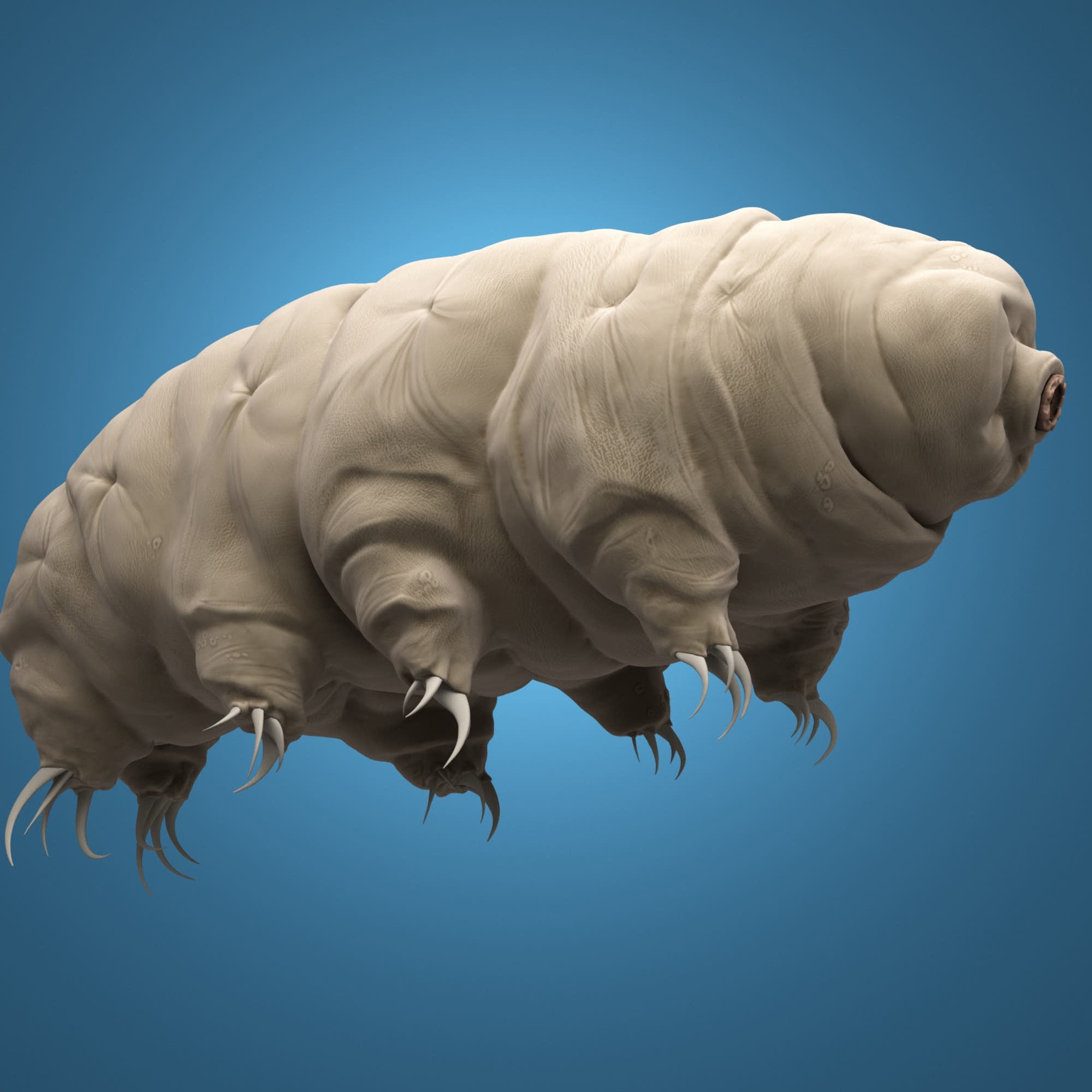Have you ever marveled at the vastness of the ocean, wondering about the myriad of life forms hidden beneath its surface? While whales, dolphins, and colorful fish may capture our attention, there exists an entire universe of microscopic marine organisms that play a crucial role in maintaining the delicate balance of marine ecosystems. In this article, we’ll delve into the fascinating world of these tiny giants, exploring their diversity, ecological significance, and the challenges they face.
A Hidden World Unveiled
Microscopic Marvels: In the vast expanse of the ocean, there’s a realm invisible to the naked eye. Microscopic marine organisms, ranging from bacteria and viruses to phytoplankton and zooplankton, form the building blocks of marine life. These tiny beings, often measuring mere micrometers, contribute significantly to the ocean’s biodiversity.
Diversity Beyond Imagination: The diversity among microscopic marine organisms is staggering. Phytoplankton, for instance, are microscopic plant-like organisms that perform photosynthesis, generating a significant portion of the world’s oxygen. On the other hand, zooplankton, tiny animals, serve as a vital link in the marine food chain. Bacteria and viruses, though often overlooked, play essential roles in nutrient cycling and influencing larger marine organisms.
Ecological Significance
Oxygen Producers: Phytoplankton, despite their minuscule size, are the oxygen powerhouses of the ocean. Through photosynthesis, they convert sunlight and carbon dioxide into oxygen, contributing around 50-85% of the Earth’s oxygen supply. These tiny organisms are, in essence, the lungs of our planet.
Foundation of the Food Chain: Zooplankton, feeding on phytoplankton, serve as the primary food source for many marine species. From small fish to giant whales, the entire marine food web relies on these microscopic organisms. Any disturbance in their populations can have cascading effects on the entire ecosystem.
Nutrient Cycling: Bacteria and viruses play a vital role in nutrient cycling within the ocean. They break down organic matter, recycling nutrients and making them available to other marine organisms. This process is crucial for maintaining a healthy and balanced marine environment.
Challenges and Threats
Climate Change Impact: The world of microscopic marine organisms is not immune to the impacts of climate change. Rising sea temperatures and ocean acidification can disrupt the delicate balance of these organisms, affecting their distribution and abundance. Such changes can have far-reaching consequences for marine life at all levels.
Pollution and Microplastics: Pollution, especially from plastic waste, poses a significant threat to microscopic marine organisms. Microplastics, tiny particles resulting from the breakdown of larger plastic items, can be ingested by these organisms, leading to a range of ecological and health issues.
Overfishing and Altered Food Webs: Human activities, particularly overfishing, can disrupt the natural food webs in the ocean. Removing certain species in abundance can lead to imbalances, affecting the populations of microscopic organisms and the organisms that rely on them.
Preserving the Tiny Giants
Sustainable Practices: To safeguard the world of microscopic marine organisms, adopting sustainable practices is crucial. Sustainable fishing, reducing plastic pollution, and mitigating climate change are key steps in preserving the delicate balance of the ocean ecosystem.
Marine Protected Areas: Establishing marine protected areas can provide a safe haven for marine life, allowing populations of microscopic organisms to thrive without undue human interference. These areas serve as natural laboratories, helping scientists better understand the intricate relationships within the marine environment.
Public Awareness and Education: Raising public awareness about the importance of microscopic marine organisms is essential. Educating individuals about their role in oxygen production, nutrient cycling, and the broader marine ecosystem fosters a sense of responsibility for the well-being of our oceans.
Frequently Asked Questions (FAQs)
- Why are microscopic marine organisms important? Microscopic marine organisms, such as phytoplankton and zooplankton, play a critical role in the ocean ecosystem. They are primary producers, oxygen generators, and form the foundation of the marine food chain.
- How does climate change affect these tiny organisms? Climate change can impact microscopic marine organisms by altering sea temperatures and ocean acidity. These changes can disrupt their distribution, abundance, and overall ecological function.
- What can individuals do to help preserve the world of microscopic marine organisms? Individuals can contribute by adopting sustainable practices, reducing plastic use, supporting marine protected areas, and spreading awareness about the importance of these tiny giants in our oceans.

